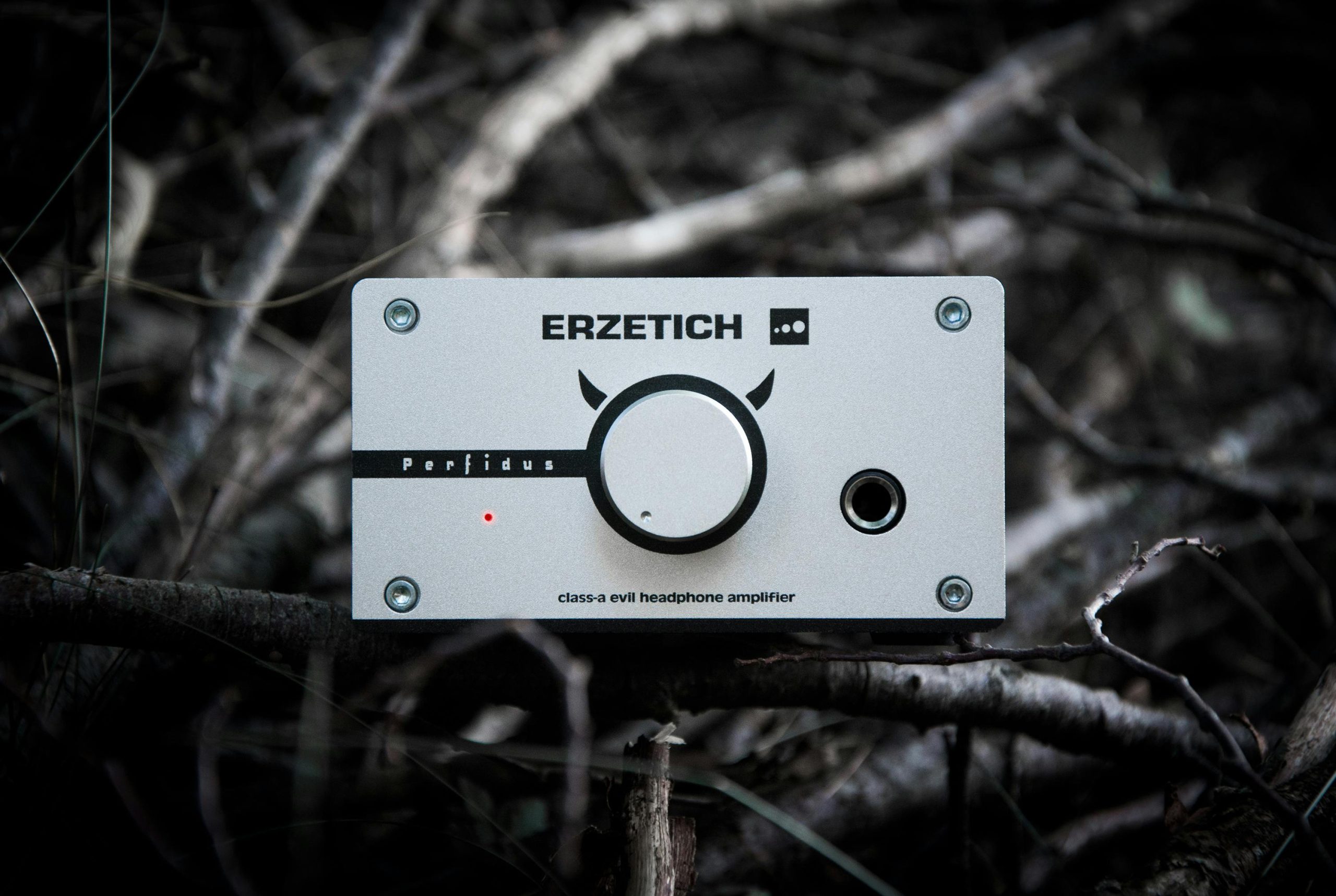Troubleshooting and Repair Guide for the Audio 4.4mm Balanced Output Jack on Your Desktop Headphone Amplifier
If you’ve encountered issues with your desktop headphone amplifier, specifically with the 4.4mm balanced output jack, you’re not alone. Many audio enthusiasts rely on high-quality amplifiers like the JDS Labs Atom Amp 2, but occasional connection problems can arise over time. In this article, we’ll explore common causes of audio cutouts related to the output jack, troubleshoot potential hardware issues, and discuss practical steps you can take to resolve them.
Recognizing the Issue
Many users have reported intermittent audio loss, particularly on one channel, when manipulating their IEM connectors or applying pressure to the jack. Typical symptoms include:
- Left or right audio channel cutting in and out during movement.
- Audible sound interruptions when adjusting the connector or cable.
- The problem persists even with gentle contact, indicating possible hardware fault.
In some cases, the issue is related to the physical condition of the jack or its solder joints on the PCB.
Common Causes
- Mechanical Wear or Damage: Frequent plugging and unplugging can wear out the jack or cause solder joints to weaken over time.
- Poor Solder Joints: An elevated or cracked solder joint, especially on the critical pins, can lead to intermittent connectivity.
- Physical Damage to Pins: Bent, lifted, or corroded pins can compromise electrical contact.
In your specific case, visual inspection revealed that the soldered pin on the PCB appears elevated compared to other pins, suggesting a potential weak connection.
Step-by-Step Troubleshooting
1. Visual Inspection
- Carefully examine the solder joints around the jack, looking for signs of lifting, cracks, or corrosion.
- In your case, the left-side soldered pin appears elevated—this could be the root cause of intermittent contact.
2. Physical Testing
- Gently manipulate the connector to see if the audio cuts in and out more consistently with certain movements.
- Note whether applying pressure in particular directions affects the connection.
3. Resoldering Suspect Pins
- If you have experience with soldering or are comfortable with electronics repair:
- Power off and unplug the amplifier.
- Open the casing carefully to access the PCB.
- Resolder the elevated pin to ensure a solid, flat connection.
- Make sure to heat the existing solder joint and add fresh solder if necessary,
Share this content:



